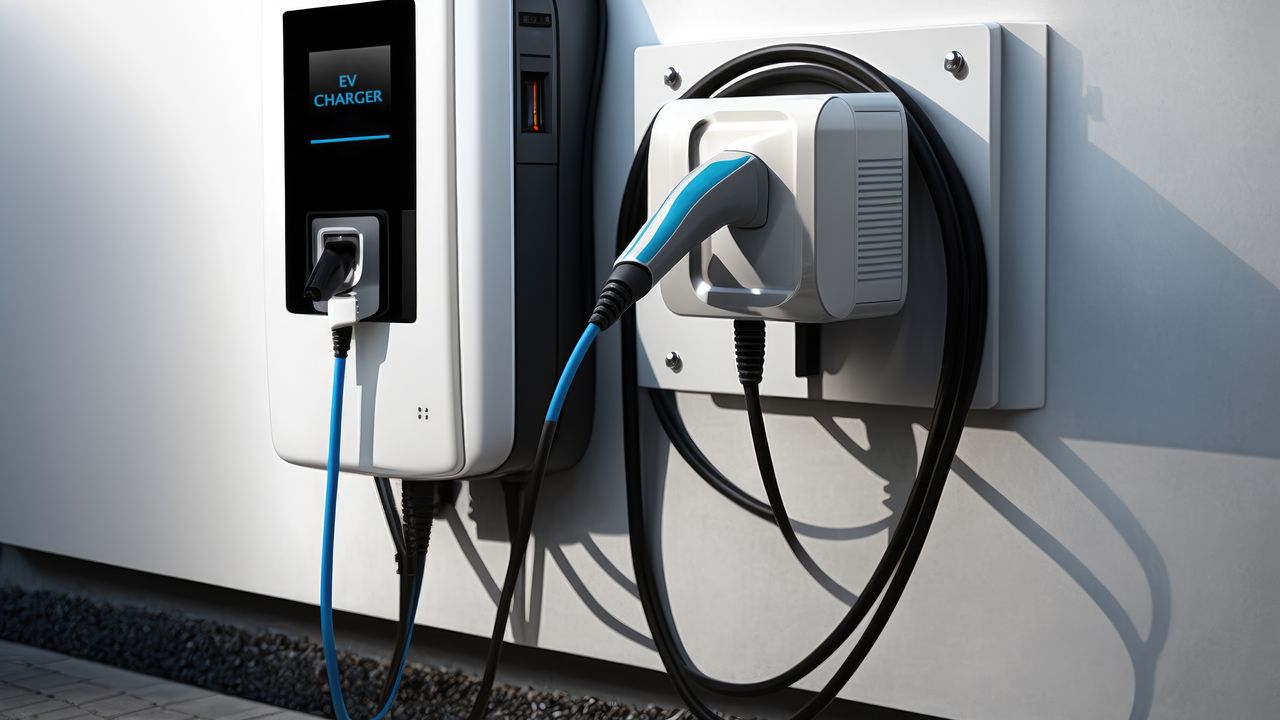EV Charging Infrastructure Monitoring: Ensuring Connectivity, Scalability, and Alerts
As the demand for electric vehicles (EVs) continues to rise, the need for a robust and efficient charging infrastructure becomes increasingly important. To support the growing number of EVs on the road, it is crucial to have a monitoring system in place that ensures the connectivity, scalability, and timely alerts of the charging infrastructure.
Charging Infrastructure Connectivity
One of the key aspects of monitoring EV charging infrastructure is to ensure its connectivity. A well-connected charging network allows EV owners to easily locate and access charging stations, reducing range anxiety and promoting the adoption of electric vehicles. Monitoring systems enable real-time data exchange between charging stations and a central management system, ensuring that the charging infrastructure is always connected and operational.
By implementing a monitoring system, charging station operators can track the availability and status of each charging point, ensuring that they are functioning properly and ready for use. This connectivity also enables remote troubleshooting and maintenance, minimizing downtime and maximizing the efficiency of the charging network.
Charging Infrastructure Scalability
As the number of EVs on the road continues to grow, it is essential for charging infrastructure to be scalable. Monitoring systems play a crucial role in ensuring that the charging network can expand and adapt to meet the increasing demand for electric vehicle charging.
By monitoring the usage patterns and load management of charging stations, operators can identify areas with high demand and strategically plan the installation of new charging points. This data-driven approach helps optimize the utilization of existing infrastructure and ensures that the charging network scales effectively to accommodate the growing number of EVs on the road.
Furthermore, monitoring systems can provide valuable insights into the charging behavior of EV owners, such as peak usage times and average charging durations. This information can be used to develop pricing models and incentives that encourage off-peak charging, reducing strain on the grid and promoting a more sustainable charging ecosystem.
Charging Infrastructure Alerts
Timely alerts are crucial for maintaining the reliability and availability of EV charging infrastructure. Monitoring systems can detect and notify operators of any issues or faults in real-time, allowing for immediate action to be taken.
For example, if a charging station malfunctions or experiences a power outage, the monitoring system can automatically generate an alert, enabling operators to dispatch maintenance personnel promptly. This proactive approach minimizes downtime, ensuring that EV owners have access to a reliable charging network when they need it.
Additionally, monitoring systems can provide alerts for other critical events, such as unauthorized access or tampering with charging equipment. By promptly notifying operators of such incidents, necessary security measures can be taken to protect the charging infrastructure and prevent potential disruptions.
Conclusion
Monitoring EV charging infrastructure is essential to ensure its connectivity, scalability, and timely alerts. By implementing a robust monitoring system, operators can optimize the utilization of charging stations, plan for future expansion, and promptly address any issues that may arise. This proactive approach not only enhances the user experience for EV owners but also promotes the widespread adoption of electric vehicles by providing a reliable and efficient charging ecosystem.
